Observation and Measurement of Hydraulic Components Using Digital Microscopes
Hydraulic components are used for equipment in which a small force needs to be converted into a large force, such as building machinery including excavators and automobile brakes. Hydraulic components have high energy density, which allows devices to be smaller and lighter. This section introduces observation and measurement examples of hydraulic components using digital microscopes.

- Principle of Hydraulic Mechanism
- Advantages and Disadvantages of the Hydraulic Mechanism
- Typical Hydraulic Components
- Observation and Measurement Examples of Hydraulic Components Using Digital Microscopes
Principle of Hydraulic Mechanism
If pressure is exerted on part of a stationary fluid (oil) in an enclosed container, this pressure will be distributed evenly and vertically to all surfaces the fluid contacts, regardless of the shape of the container. This phenomenon is called Pascal's law. Hydraulic systems use oil to amplify force based on this principle.

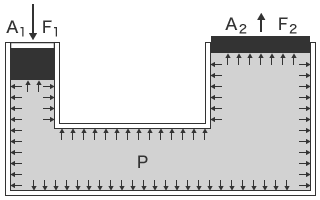
- A1: Sectional area A1
- F1: Force F1
- A2: Sectional area A2
- F2: Force F2
- P: Pressure
Advantages and Disadvantages of the Hydraulic Mechanism
The hydraulic mechanism has great advantages but also presents some unique disadvantages.
- Advantages of the hydraulic mechanism
-
- Great power can be transmitted accurately at high speed.
- Power density is high, allowing devices to be smaller and lighter.
- Pressure control valves ensure a high level of safety.
- Service lives are long due to oil lubrication.
- Disadvantages of the hydraulic mechanism
-
- Susceptible to contamination by oil.
- Oil may ignite. (Ignition point is 200 to 250°C.)
- Oil may leak.
Typical Hydraulic Components

- A: Hydraulic pump
- B: Control valve
- C: Hydraulic actuator
- Hydraulic pump
- Hydraulic pumps use electric motors or engines as a power source to apply pressure to hydraulic oil.
- Control valve
- Control valves control the pressure, flow rate, and flow direction of hydraulic oil. These valves are respectively called pressure control valves, flow rate control valves, and directional control valves.
- Hydraulic actuator
- Hydraulic actuators convert fluid power into mechanical power. Hydraulic actuators include hydraulic cylinders which convert fluid power into linear motion, hydraulic motors which convert fluid power into rotary motion, and oscillating actuators which convert fluid power into oscillating motion.
Observation and Measurement Examples of Hydraulic Components Using Digital Microscopes
These are the latest examples of observation and measurement of hydraulic components using KEYENCE’s VHX Series 4K Digital Microscope.

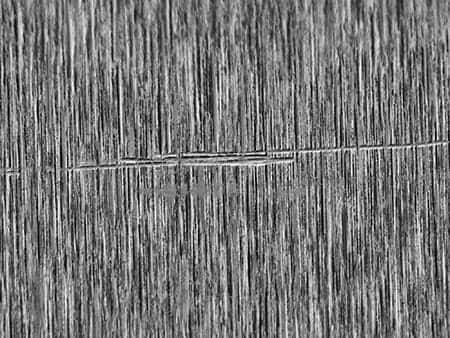


Using the depth composition function for tilted observation allows for non-destructive observation of internal walls.
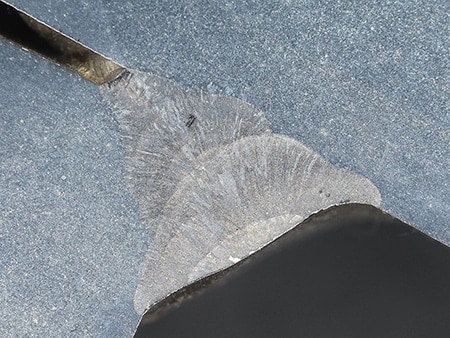
Welding boundaries can be clearly observed at 4K-resolution.

Flaw sizes can be quantified using the 2D measurement function.
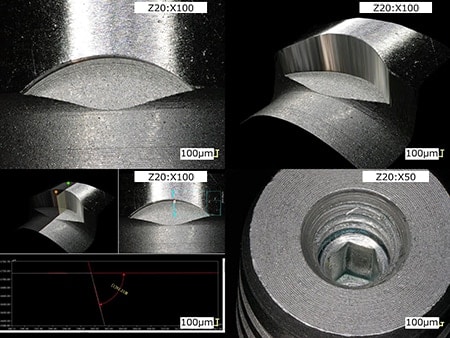
Profiles used to be measured after destruction, but now can be measured without destruction.

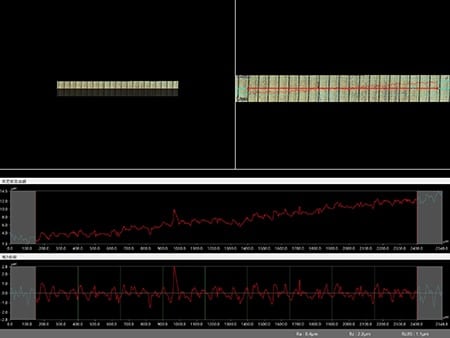
Roughness data can now be accumulated in a database.


